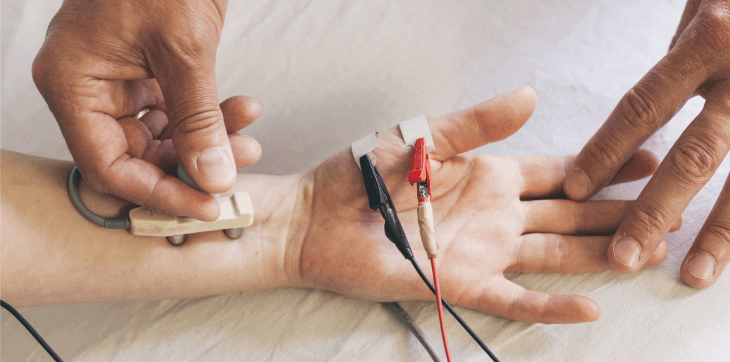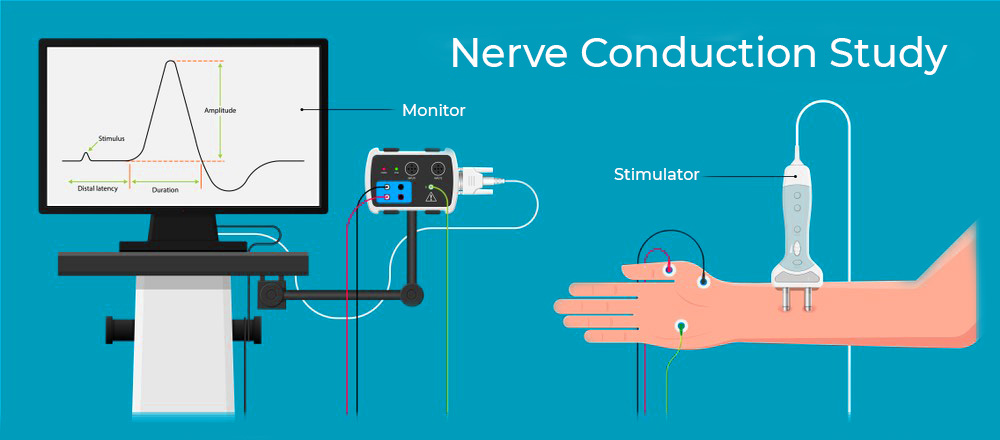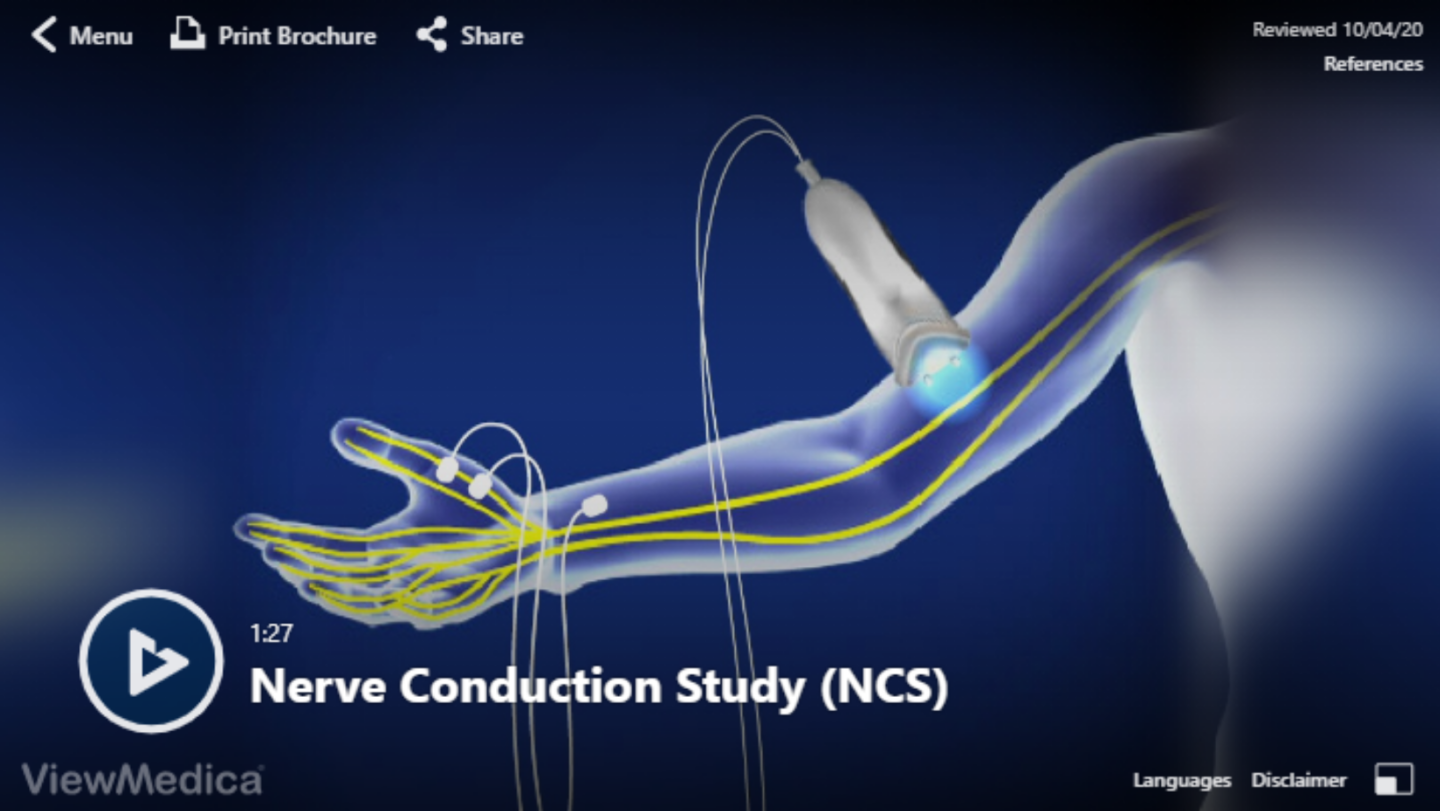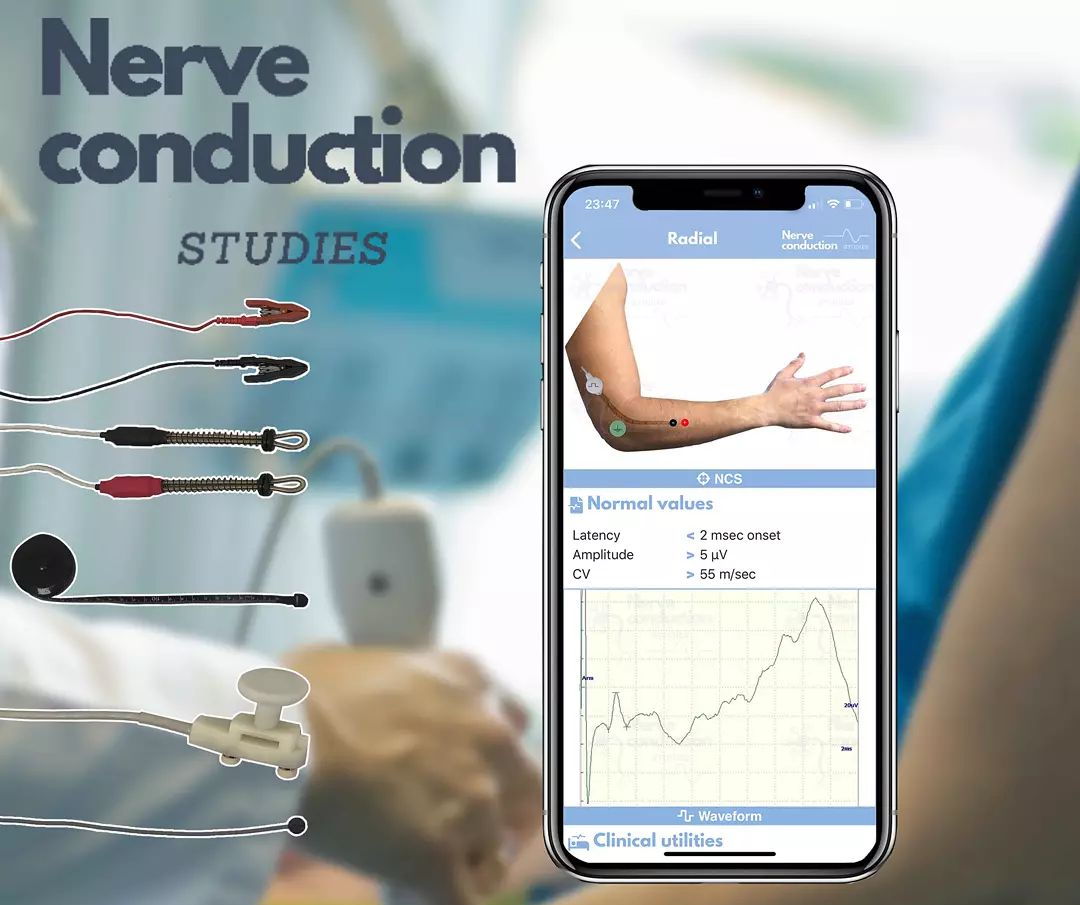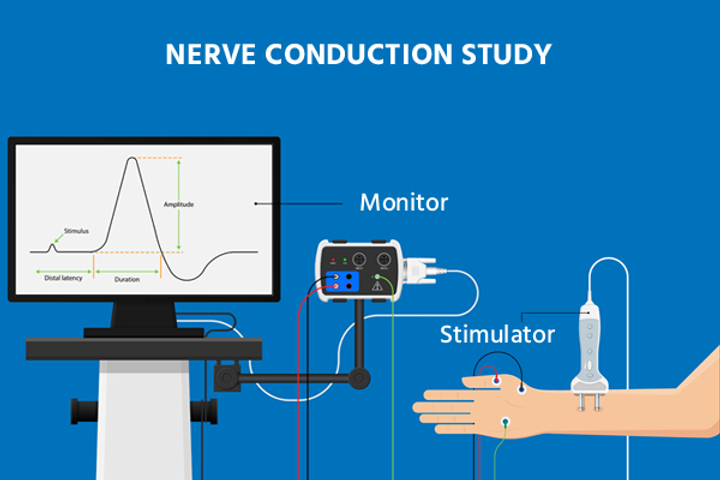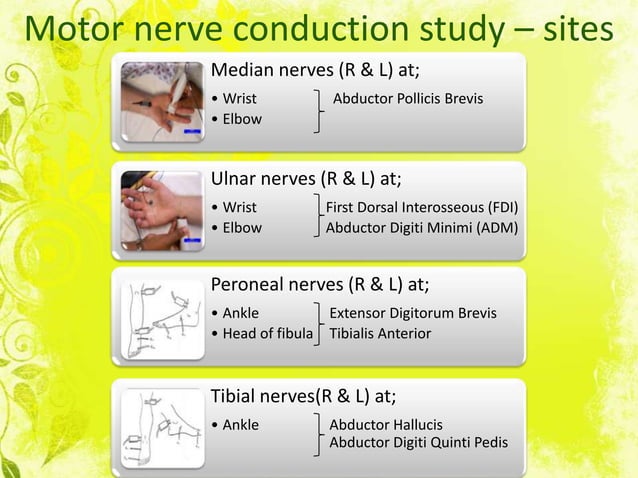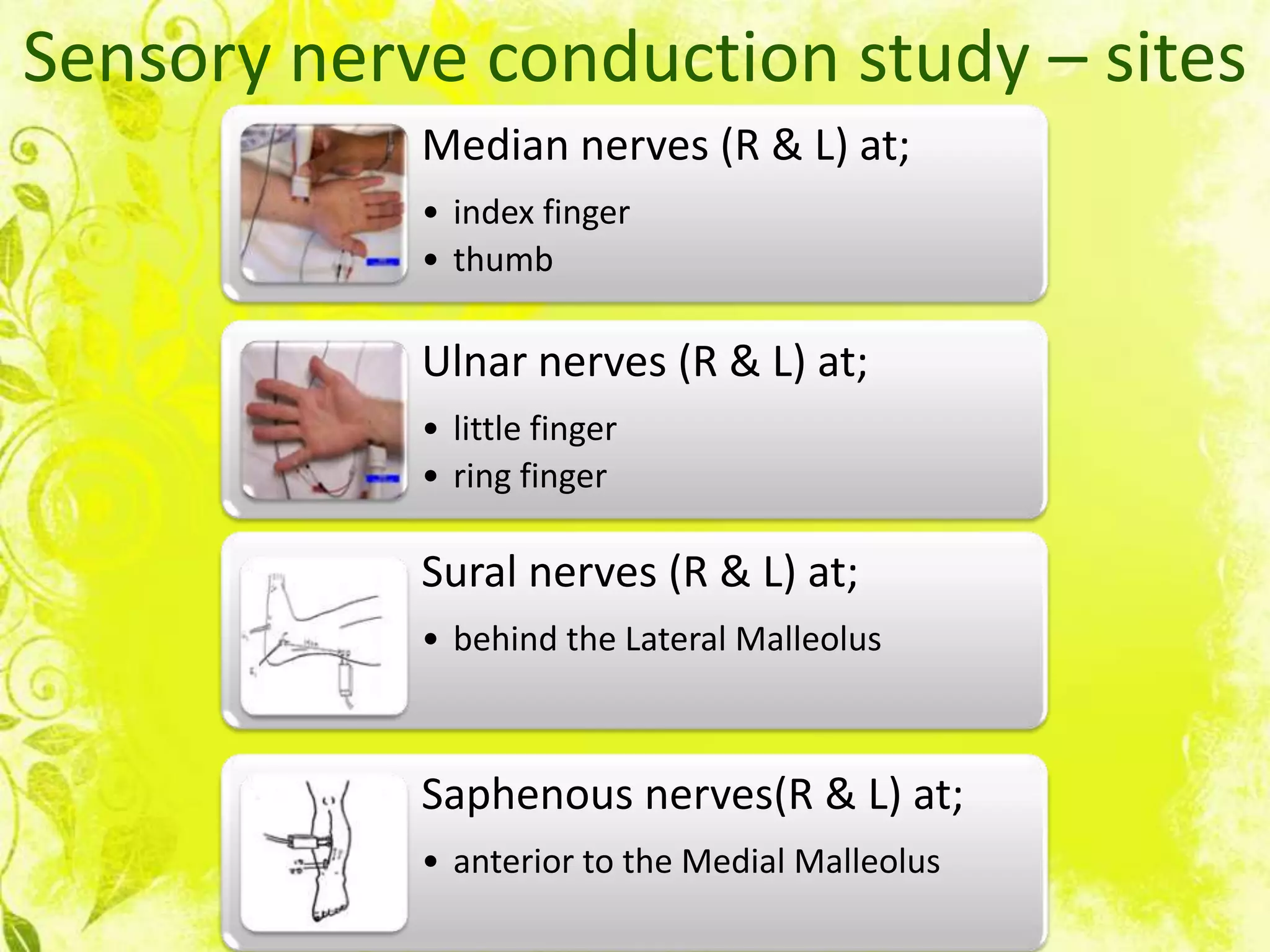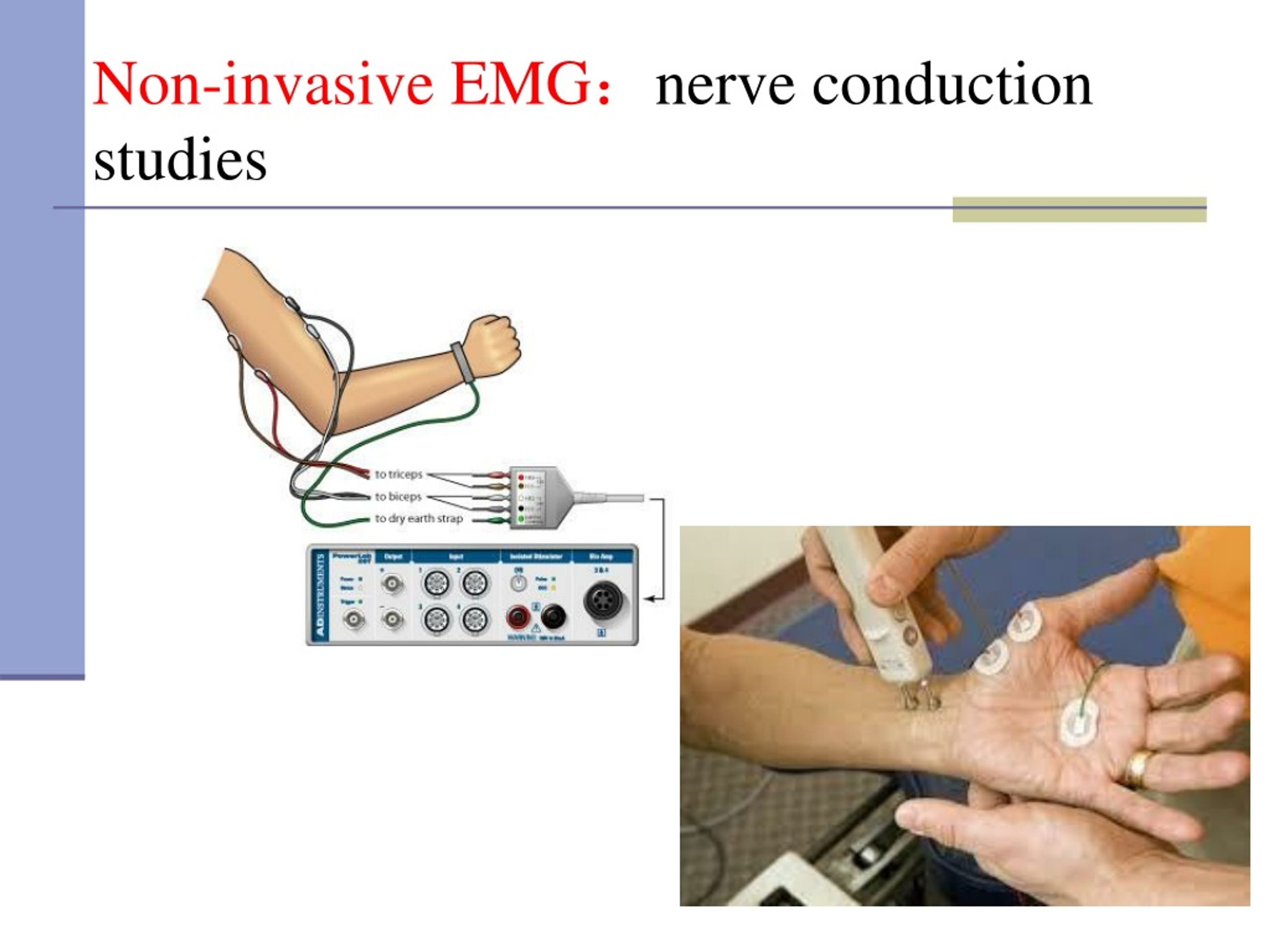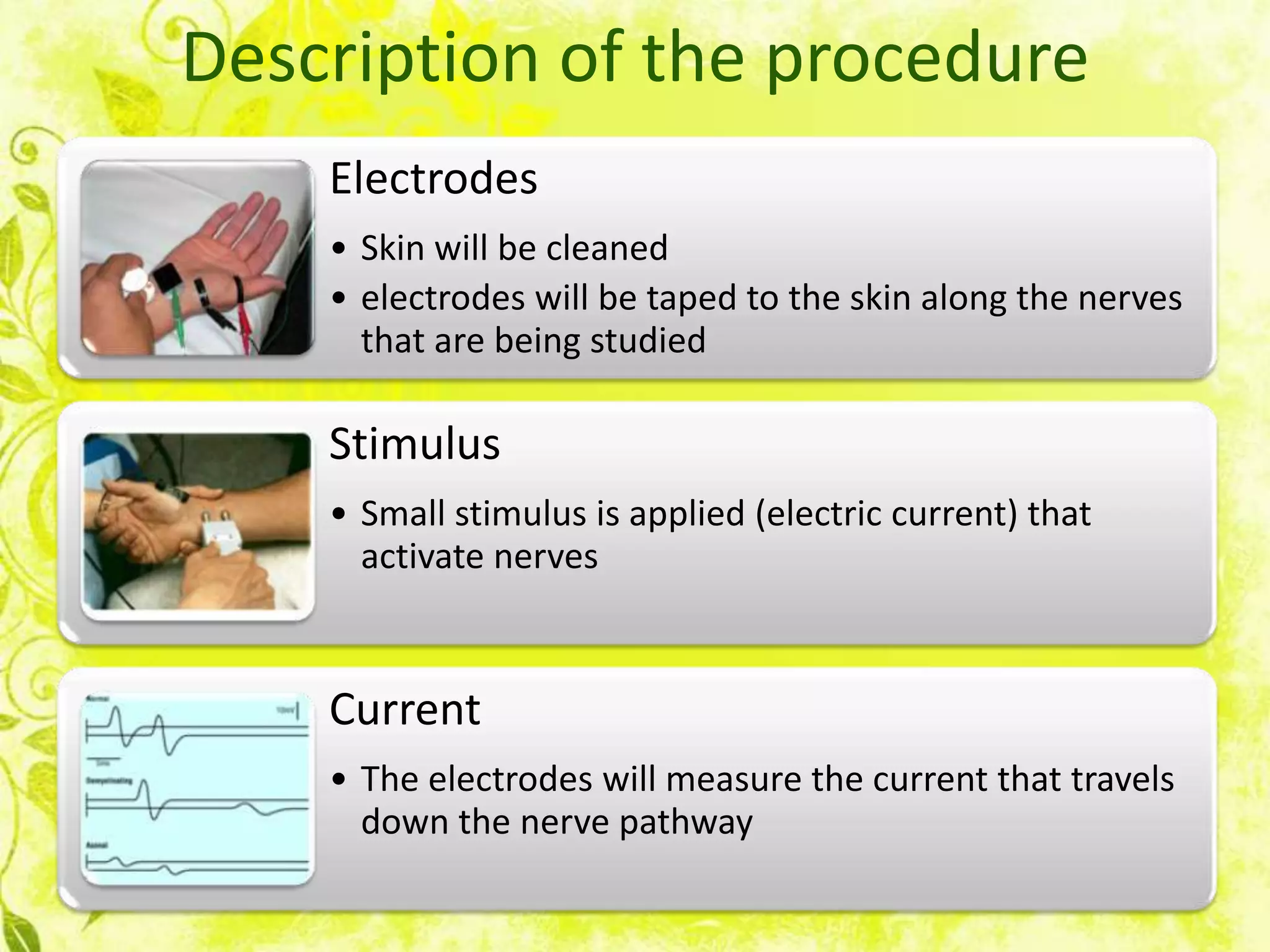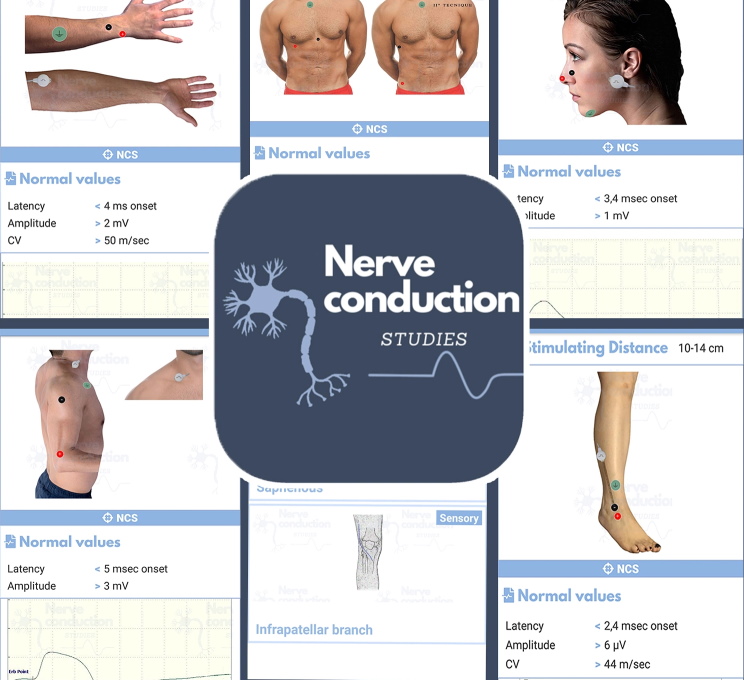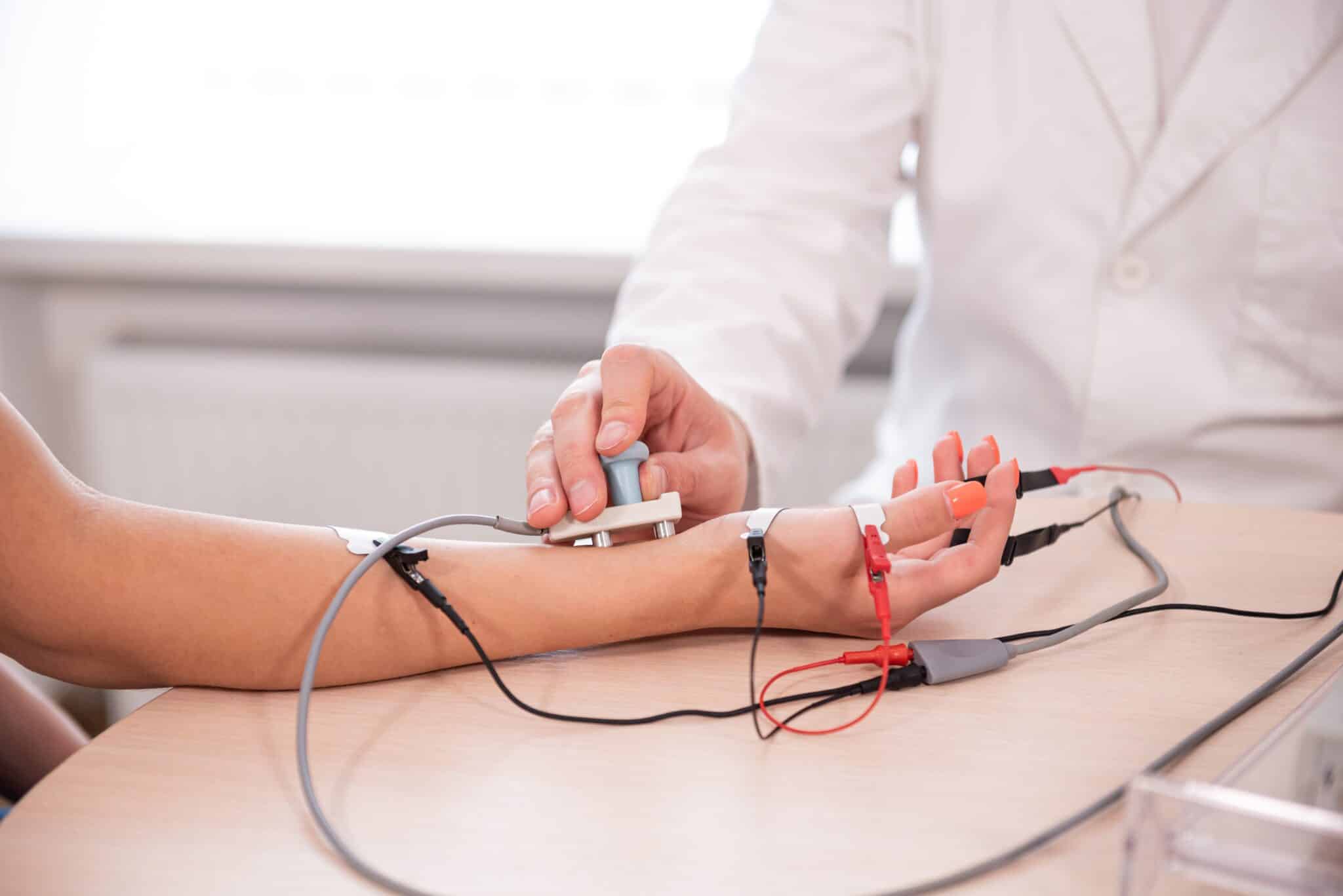Nerve Conduction Study Cost Without Insurance
:max_bytes(150000):strip_icc()/2488642_1_color-5bec92dc46e0fb002dbbc6b1.png)
The sharp, stinging zap of electricity during a nerve conduction study is often the least of patients' worries. For the uninsured, the real pain can come from the bill, a sum that can be shockingly high and vastly different depending on location and facility. Navigating the opaque world of healthcare pricing becomes a necessity when seeking this diagnostic test without insurance, turning a quest for answers into a financial tightrope walk.
Understanding the financial burden of a nerve conduction study (NCS) without insurance is crucial for patients experiencing symptoms like numbness, tingling, or weakness. The cost can vary widely, from a few hundred to several thousand dollars, influenced by factors such as the type of study, the geographic location, and the facility providing the service. This article delves into the complexities of NCS costs for uninsured individuals, exploring the range of prices, the factors that contribute to these costs, and strategies for mitigating the financial impact.
Understanding the Range of Costs
The price of a nerve conduction study without insurance isn't fixed. It is subject to market forces and internal pricing strategies of healthcare providers.
According to various sources, including patient forums and cost estimator websites, the typical range for an NCS can fall anywhere from $300 to $2,500 or even higher. This substantial range highlights the importance of price shopping and negotiating.
The exact price depends on several key elements.
Factors Influencing the Price
Several factors contribute to the wide price range. The complexity of the study is a primary driver of cost.
A more extensive study, examining multiple nerves in different limbs, will naturally be more expensive than a focused study examining only one nerve. The location is also critical.
Prices in urban areas, particularly in major metropolitan centers, tend to be higher than those in rural areas due to higher overhead costs and greater demand. The type of facility also makes a difference.
Hospitals generally charge more than independent neurology clinics or outpatient diagnostic centers. Finally, the expertise of the electrophysiologist or neurologist performing the test impacts the costs.
Breaking Down the Bill
An NCS bill typically includes several components. There's the professional fee for the physician who interprets the study.
Then, there is the technical fee which covers the cost of the equipment, supplies, and the technician who performs the test. In some cases, there might also be facility fees, especially if the study is conducted in a hospital setting.
Understanding these components helps patients negotiate specific aspects of the bill.
Strategies for Mitigating Costs
Facing a potentially high bill for an NCS without insurance can feel daunting. However, several strategies can help patients manage and potentially reduce the cost.
The most important step is to shop around and compare prices from different providers. Call several hospitals, clinics, and diagnostic centers in your area to inquire about their cash prices for a nerve conduction study.
Don't hesitate to negotiate. Many providers are willing to offer discounts to uninsured patients who pay cash. Ask about payment plans.
Some facilities offer payment plans, allowing you to spread the cost over several months. Explore patient assistance programs.
Many hospitals and clinics have financial assistance programs for low-income, uninsured patients. Look into free or low-cost clinics.
Federally Qualified Health Centers (FQHCs) and other free or low-cost clinics may offer NCS or refer you to a provider that does at a reduced rate. Consider medical tourism.
If you're willing to travel, you might find significantly lower prices in other regions or even in other countries, though this option requires careful research and consideration of travel costs.
"Transparency in healthcare pricing is essential for patients to make informed decisions about their care,"said Dr. Anya Sharma, a neurologist specializing in neuromuscular disorders.
The Broader Context: Healthcare Affordability
The high cost of an NCS without insurance underscores a larger issue: the affordability of healthcare in the United States. Many individuals and families struggle to afford necessary medical tests and treatments, even with insurance.
The lack of price transparency makes it difficult for patients to make informed decisions and negotiate fair prices. Policy initiatives aimed at increasing price transparency and expanding access to affordable healthcare are crucial.
Advocacy groups are pushing for legislative changes that would require hospitals and other providers to disclose their prices upfront, empowering patients to shop around and compare costs.
Looking Ahead
The future of NCS costs for the uninsured remains uncertain. However, several trends suggest potential changes on the horizon.
Increased price transparency, driven by both market forces and regulatory pressure, could help lower costs. Technological advancements may lead to less expensive and more accessible diagnostic tools.
Furthermore, the growing awareness of healthcare affordability issues is pushing policymakers and healthcare providers to seek innovative solutions.
In the meantime, patients needing a nerve conduction study without insurance should be proactive in researching costs, negotiating prices, and exploring available resources to minimize the financial burden.
Navigating the healthcare system without insurance is challenging, but armed with information and a willingness to advocate for themselves, patients can find a path to affordable and necessary medical care. The journey may be complex, but the destination – improved health and well-being – is worth the effort.
